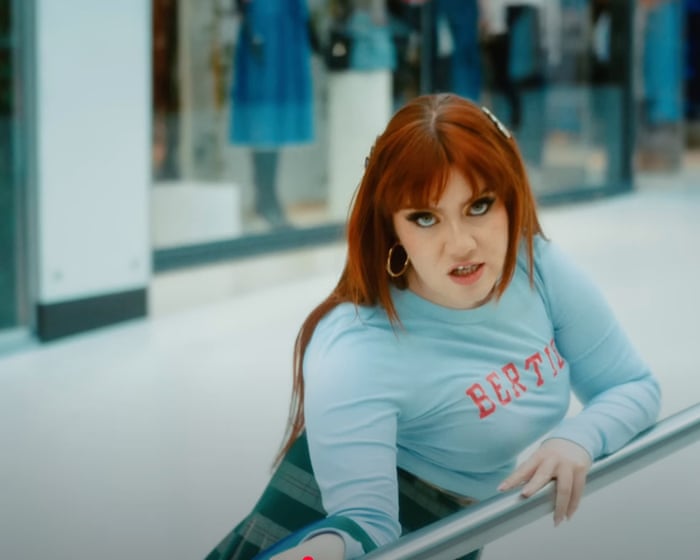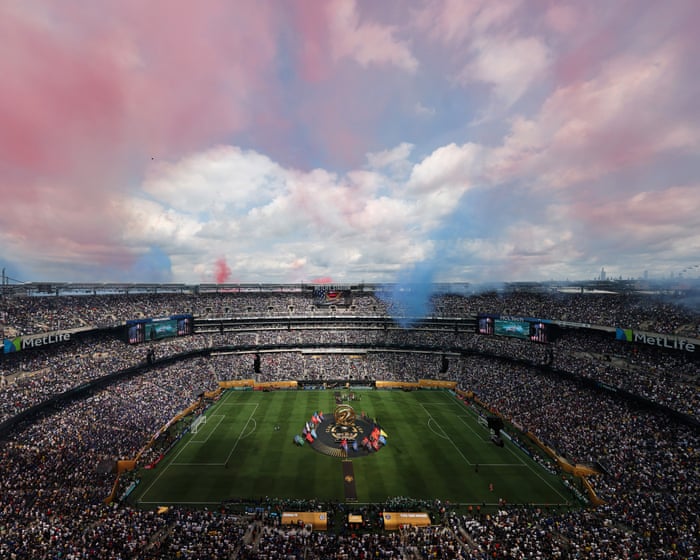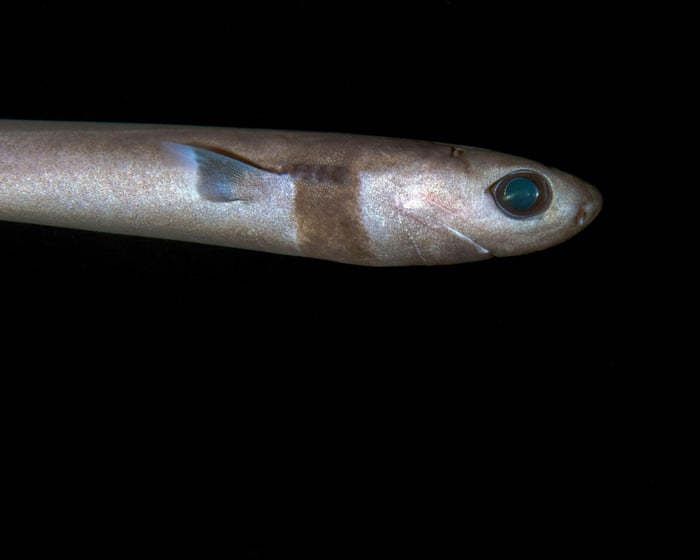You wouldn’t guess it from the tourist ads, but the true symbol of modern Ireland might just be the shopping centre. And now, that symbol has found its voice in Ciara Mary-Alice Thompson, the Irish pop star and songwriter known as CMAT. She brings a creative energy that’s entirely her own, yet deeply influenced by growing up in Ireland after the Celtic Tiger era, during a time of recession. This is especially clear in her new single, “Euro-Country,” from her upcoming album of the same name. The project shows how pop culture can shed light on political and social issues that often go unnoticed. It’s the tribute Ireland’s post-recession generation needed—and it even mentions at least two shopping centres.
The album cover for “Euro-Country” playfully reimagines Jean-Léon Gérôme’s painting “Truth Coming Out of Her Well,” with CMAT rising from a fountain in Blanchardstown shopping centre next to a giant euro coin. In a Guardian interview before her standout Glastonbury performance in June, Thompson noted that while Ireland is more romanticized and trendy than ever, it’s also “a really hard place to live, a really hard place to grow up, unless you have money, which we didn’t. So yeah, magical, beautiful, mystical Ireland: it’s a shopping centre—that’s what I grew up with.”
The music video for the single was filmed at the Omni retail park in north Dublin, with CMAT dancing through the mostly empty shopping centre and performing in a vacant store window. Taylor Swift once sang, “Meet me behind the mall,” evoking American allure, but for Irish people, out-of-town shopping centres in the post-recession era feel hollow. They represent the arrogance and corruption of the Celtic Tiger boom and the struggles that followed its collapse. Sure, everyone drives there for groceries—but these places also capture the economic downturn of the last 15 years.
YouTube comments on the video show how much Thompson has resonated with people. One user wrote that “Euro-Country” “isn’t just a song, it’s a reckoning … pulling people all over the world back to the Celtic tiger, forcing that history into the light again. CMAT has managed to give voice to a whole generation’s story.” In the video, Thompson dances in front of a New Look store, which went into liquidation in Ireland in February, and Thunders bakery, which closed all its locations in March.
The truth is, since 2008, I don’t know anyone in Ireland who hasn’t struggled financially, faced long stretches of unemployment, or had to move back in with their parents—myself included—thanks to sky-high rents. Statistics from Ireland’s Community Action Tenants Union (CATU) are sobering: homeless families increased by 232% between 2014 and 2021. Meanwhile, there are between 92,251 and 183,000 empty homes nationwide, with another 20,000 estimated in the north. For most of my generation, the choice is to emigrate or give up on ever owning a home.
This is the “Euro-Country” CMAT celebrates: modern Ireland, which she describes as “the love of my life, the most toxic boyfriend I’ve ever had, the place which has changed so much that I feel sad every day I can’t return the version of it that is in my head.” The title track is a catchy yet mournful tribute to a generation shaped by recession and austerity. At first listen, you might miss the sharp political commentary woven into the song—until you hear its most heartbreaking line: “I was 12 when the dads started killing themselves all around me.” It’s a shocking statement in a pop song, but it reflects the Ireland I know, the Ireland many people have experienced.My generation knows this Ireland well—it’s the Ireland that CMAT sings about. After the economic crash wiped out financial security for many, some also lost loved ones to suicide. A 2015 study by the National Suicide Research Foundation found that between 2008 and 2012, there were 476 more male suicides than expected.
The crash in Ireland was triggered by the global financial crisis, but it was also fueled by unchecked greed and reckless lending by a small circle of wealthy politicians, bankers, and property developers. CMAT gives them a nod in “Euro-Country” with the lyrics: “All the big boys, all the Berties / All the envelopes, yeah, they hurt me.” The “Bertie” here refers to former Taoiseach and Fianna Fáil leader Bertie Ahern, who resigned from his party after the 2008 Mahon tribunal found that money from supporters had been deposited into his bank account.
Political solutions to these deep-rooted problems feel distant, especially since Fianna Fáil and Fine Gael have continued to form governments in every election since the crash. It’s easy to grow disillusioned or complacent, but I find hope in a key line from “Euro-Country”: “I know it can be better if we hound it.” It reminds me of the growth of groups like CATU, which has spread across Ireland to fight for housing rights—researching the crisis, supporting those facing illegal evictions, and organizing large protests.
CMAT’s passionate, witty, and defiant “Euro-Country” is part of this political landscape. It’s a rallying cry for the Irish people to break free from the grip of these parties and work together toward something better.
Emer McHugh is an Irish writer and academic based in Belfast.
Frequently Asked Questions
Of course Here is a list of FAQs about the idea that a soulless shopping mall is the true symbol of modern Ireland
General Beginner Questions
Q What is meant by the true symbol of modern Ireland
A Its a statement that the modern Irish identity is now more accurately represented by consumerism and globalization than by traditional symbols like pubs music and community
Q Why a shopping mall and not something else
A A shopping mall is a universal generic structure found worldwide Using it as a symbol highlights how modern Ireland has become similar to other developed countries potentially at the cost of its unique cultural character
Q Is this saying all of Irish culture is gone
A No not at all Its a critique that the dominant force shaping modern Irish life is consumerism Traditional culture still exists but often exists alongside or is packaged for tourism
Q Can you give an example of such a mall
A Dundrum Town Centre in Dublin is often cited as a prime example Its one of the largest shopping centres in Ireland and represents a shift towards a luxury international retail experience
Deeper Analysis Advanced Questions
Q What are the benefits of this modernization
A It brings economic growth jobs convenience and a wider variety of goods and services It makes Irish cities feel connected to the global economy and can raise the standard of living
Q What are the common problems or criticisms of this shift
A Critics argue it leads to
Loss of uniqueness Towns begin to look the same with the same chain stores
Decline of town centres Large outoftown malls can drain life from traditional high streets
Soullessness Malls are designed for consumption not for community building or cultural expression
Erosion of local business Small independent shops cant compete with large international chains
Q Isnt this just nostalgia for a romanticized past
A Partly yes However the concern is also about the tangible loss of community spaces and local economies which are replaced by private corporatecontrolled environments
Q How does this relate to the Celtic Tiger era
A The Celtic Tiger mid1990s to late 2000




